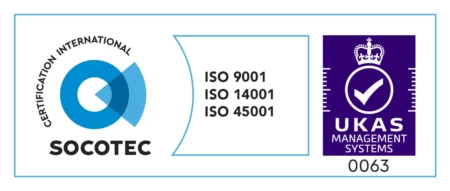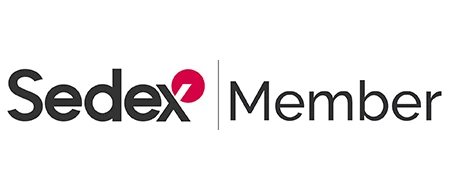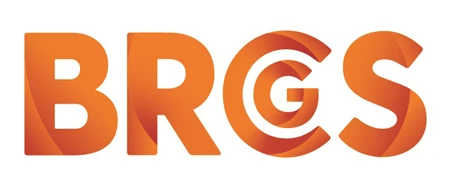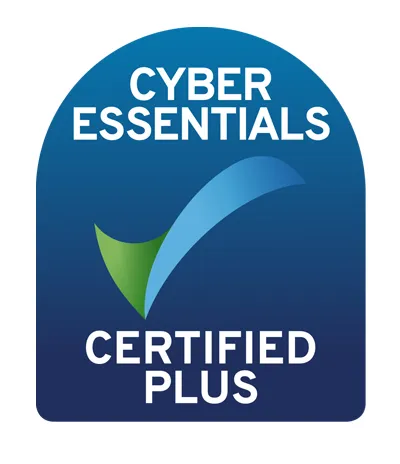
Counterfeiting refers to the production of fake goods or currency that are made to resemble genuine items, often with the intent to deceive consumers, businesses, or governments. This illegal activity can cover a wide range of products, including money, luxury goods, pharmaceuticals, and more. The consequences of counterfeiting are far-reaching, impacting economies, industries, and public health.
Impacts of Counterfeiting:
- Economic Impact: Loss of revenue for legitimate businesses and governments, leading to job losses and decreased tax revenues.
- Health and Safety: Counterfeit drugs and medical devices can pose serious health risks, including ineffective treatment and dangerous side effects.
- Brand Damage: Reputable brands can suffer from counterfeit goods damaging their reputation and consumer trust.
- Crime: Counterfeiting is often linked to organised crime, funding other illegal activities and contributing to corruption.
Counterfeiting is a serious and pervasive issue that requires ongoing vigilance and coordinated efforts to combat. Governments, businesses, and consumers all play a role in the fight against counterfeiting, whether through law enforcement, technology, or awareness.
The role of Packaging in Counterfeiting:
Counterfeiting and packaging are closely linked, packaging is often the first line of defence against counterfeit products. Packaging also offers a variety of opportunities for anti-counterfeiting measures.
1. Replication of Genuine Packaging:
- Imitation: Counterfeiters often copy the packaging design, logos, labels, and even security features of genuine products to deceive consumers.
- Quality: Although counterfeit packaging can sometimes look very similar to the real thing, it is often of lower quality, with differences in materials, printing, or finishing.
2. Challenges:
- Detection Difficulty: High-quality counterfeit packaging can be very difficult to distinguish from the authentic product, especially for consumers who may not have detailed knowledge of what to look for.
- Online Sales: The rise of e-commerce has made it easier for counterfeiters to distribute fake goods since consumers can’t inspect packaging closely before purchase.
Anti-Counterfeiting Measures in Packaging:
1. Security Features:
- Holograms: These are difficult to replicate and can include microtext, images, and other details that are challenging for counterfeiters to duplicate.
- Watermarks and Microprinting: Invisible or difficult-to-replicate marks that are integrated into packaging materials.
- RFID and NFC Tags: Radio-frequency identification (RFID) and near-field communication (NFC) tags can be embedded in packaging to allow for digital authentication.
- Tamper-Evident Seals: Packaging that clearly shows if it has been opened or tampered with, making it harder for counterfeiters to reseal fake products.
2. Unique Identifiers:
- Serial Numbers: Unique serial numbers or QR codes can be printed on package, allowing consumers and businesses to verify authenticity by checking against a database.
- Blockchain: Some companies are exploring blockchain technology to create immutable records of a product’s journey through the supply chain, ensuring its authenticity.
3. Advanced Materials:
- Specialized Inks and Dyes: These include colour-shifting inks, UV-reactive inks, or other materials that change appearance under different lighting or viewing conditions.
- Complex Packaging Designs: Intricate packaging designs, embossing, and unique shapes can be difficult and costly for counterfeiters to reproduce accurately.
4. Digital Solutions:
- Mobile Apps: Some brands have developed mobile apps that allow consumers to scan barcodes or QR codes on packaging to verify the authenticity of a product instantly.
- Smart Packaging: Integration of digital technologies like augmented reality (AR) can provide consumers with interactive experiences that help verify authenticity.
Importance of Packaging in Combating Counterfeiting:
- Consumer Confidence: Properly secured packaging helps maintain consumer trust in a brand by ensuring that the product they purchase is genuine.
- Brand Protection: By investing in sophisticated packaging technologies, brands can protect their intellectual property and reduce the economic impact of counterfeiting.
- Regulatory Compliance: In many industries, especially pharmaceuticals and food, regulations require specific anti-counterfeiting measures in packaging to ensure consumer safety.
Industries Most Affected:
- Pharmaceuticals: Counterfeit drugs are a significant global problem. Packaging with tamper-evident features, serialization, and authentication technologies is critical in this sector.
- Luxury Goods: High-end products like perfumes, watches, and designer clothing are prime targets for counterfeiters. Packaging often includes unique materials, security tags, and certificates of authenticity.
- Electronics: Counterfeit electronic goods can be dangerous, and secure packaging helps consumers identify genuine products.
- Food and Drink: Ensuring the authenticity and safety of consumables is vital, leading to the use of tamper-evident seals, traceability features, and other packaging solutions.
Conclusion:
Packaging plays a crucial role in both the proliferation and prevention of counterfeiting. While counterfeiters strive to replicate genuine packaging to deceive consumers, advancements in packaging technology offer robust tools to combat this illegal activity. For companies, investing in secure packaging is an essential strategy for protecting their products, their brand, and ultimately, their customers.








